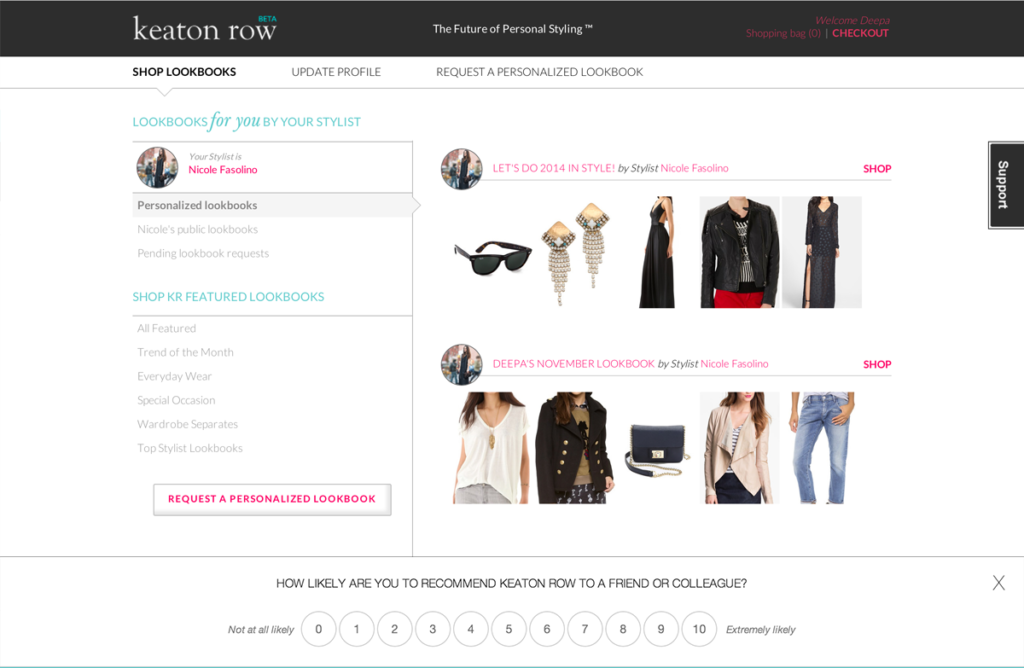The customer experience is a team effort, so it takes an enterprise-wide investment to improve it. You’ll need the support of your peers, partners, and uppers. (You already have ours.) Successfully pitching and pushing any business initiative to your mates—even something so enlightened as the customer experience—requires a strong business case.
That shouldn’t scare you, though, because the evidence is now out there to be had. One resource to lean on is Outside In: The Power of Putting Customers at the Center of Your Business, authored by Harley Manning and Kerry Bodine. Aside from sharing multiple examples of successful use cases, the authors offer great advice on creating a case for yourself.
Credit to Peter O’Neill, Bradford J. Holmes, Paul Hagen, and Michael Shrum for curating and summarizing these three tips from its pages.1
1. Start with Cost Avoidance
Installing listening systems to collect customer feedback will almost always enable your company to reduce support costs. A positive fallout effect is collecting good research about the customer experience.
2. Assign a Value to Customer Loyalty
Forrester’s research clearly shows a correlation between customer experience and loyalty.2 Loyalty is an increasingly important factor in B2B as business customers become service consumers and switching costs ceases to be a barrier. All annuity businesses thrive or die on loyalty.
3. Model the Effect of Customer Experience Benefits
While initial customer experience investments will focus on identifying and repairing problems, three other types of revenue benefits have been tied to improving customer experience:
- incremental purchases from current customers
- retained revenue as a result of lower churn
- new sales driven by customer advocacy
1. The Case for B2B Customer Experience Programs Is Revenue Generation and Renewal, Forrester Research, Inc., January 25, 2013
2. Forrester’s Customer Experience Index identifies customer experience leaders and laggards. This information was used to look at how customer experience correlates to loyalty. Across all industries, there’s a high correlation between customer experience and customers’ willingness to buy another product and their likelihood to recommend a company. See the March 26, 2010, “Customer Experience Leaders Garner More Loyalty” report.





